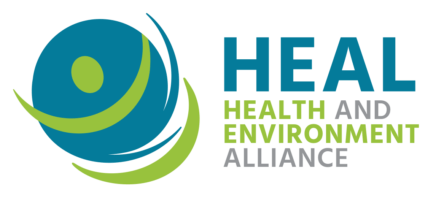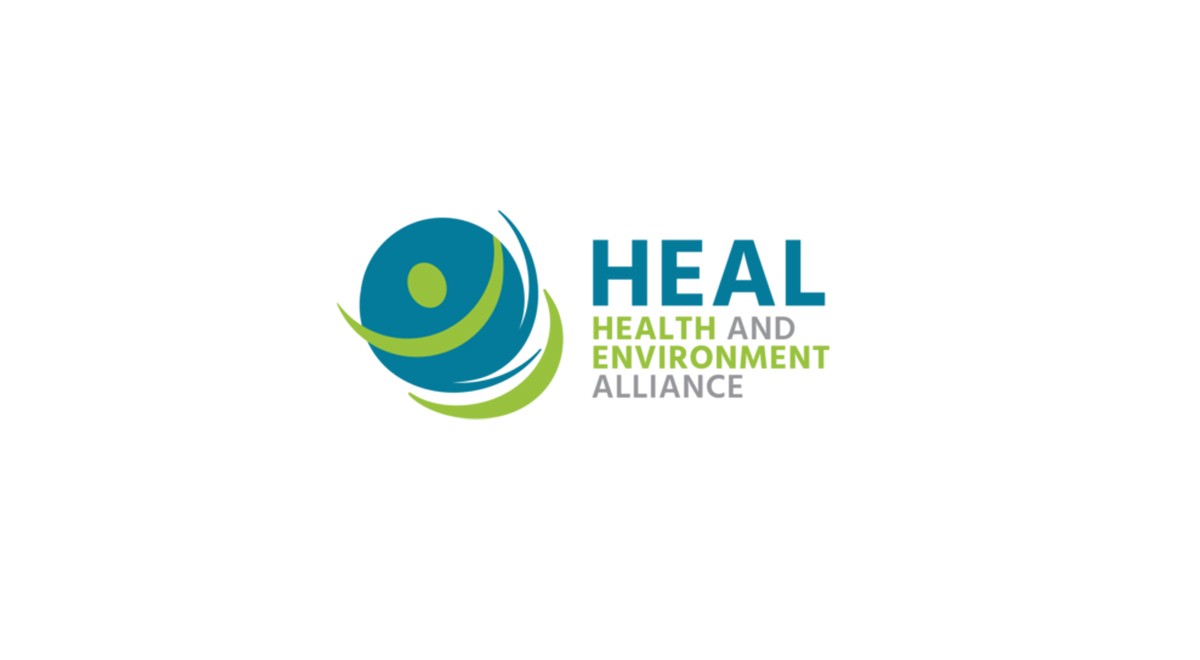To raise awareness of the impacts of PFAS on human health, HEAL is organising a series of three webinars in October 2024, each focusing on a different health impact of PFAS. The first webinar on 10 October focuses on impacts on the immune system. The subsequent webinars will focus on cancer and the impacts of exposure in early life and pregnancy.
Brussels, 31st January 2018 – A public consultation on the guidance document for the application of the identification criteria of endocrine disrupting chemicals (EDCs) in the context of the pesticides and biocides legislations is coming to a close today [1].
The Health and Environment Alliance (HEAL), as a recognised stakeholder who has been providing input into the European process for the development of the criteria as well as the proposed guidance since inception, regrets that the proposed approach is not fit for the purpose of implementing already weak identification criteria in the most health-protective way [2].
According to both pesticides and biocides regulations, chemicals with endocrine disrupting properties for humans and non-target organisms should not be placed on the market. Now, almost a decade later, the development of the EDC guidance is the last step before those provisions, which have not yet been applied, can finally be implemented [3].
Commenting on the draft document, Natacha Cingotti, HEAL’s health and chemicals policy officer, said: “The proposed guidance does not live up to our expectations to facilitate the identification of endocrine disruptors in the most health protective way, and ultimately deliver a reduction of endocrine related diseases and conditions.
When it is urgent to take action to reduce our exposure and finally apply the law, an unprecedented level of evidence combined with a very narrow approach will likely leave numerous substances off the hook. The EDC clock is ticking and public health stands to gain; we urge the Commission and Member States to take our recommendations on board.”
HEAL’s main concerns and recommendations as regards the proposed guidance document are as follows:
• The narrow scope of the document should either be acknowledged or widened: the current guidance is focused on the identification of EDCs based on a limited number of properties (the so-called EATS-mediated properties: oestrogen, androgen, thyroid, and steroidogenesis) in mammals only (while tests performed in non-mammals such as fishes and frogs are relevant). This narrow focus will likely result in the classification of chemicals as “non EDCs” by default, while a bigger focus would allow to capture all relevant health adverse effects to humans – in particular in the context of chronic diseases.
• The unprecedented level of evidence required to proceed with identification should be addressed to be in line with the criteria as adopted by Member States as well as the current state of the scientific knowledge and test methods. This is particularly problematic considering that both pesticides and biocides legislations are underpinned by the precautionary principle, which should allow decision-makers to take action in the face of scientific gaps or uncertainties.
• The contradiction between the acknowledgement of several scientific limitations and the lack of practical guidelines for how to deal with these should be addressed: the narrow focus of EATS-mediated properties is acknowledged but remains the reference for identification; the difficulty to document a full sequence of actions to demonstrate a mode of action is acknowledged but remains at the core of the approach; the document does not foresee a clear timeline and process for inclusion of new scientific knowledge or test methods as they are being developed to support EDC identification.
The comments submitted by HEAL are publicly available [4] and will be presented to European Commission officials and Member States representatives at a European Commission workshop taking place in Brussels on 1st and 2nd February.




